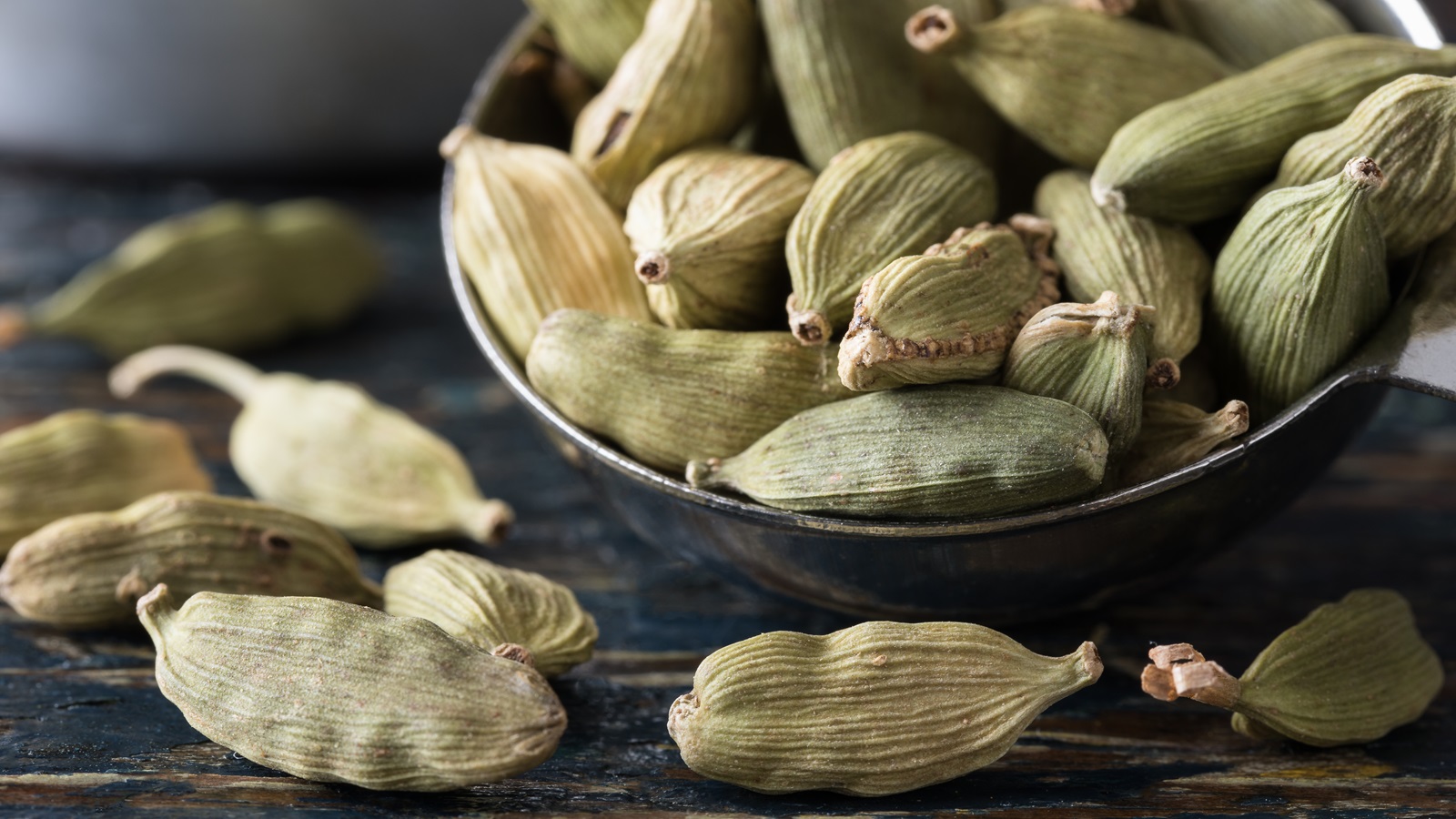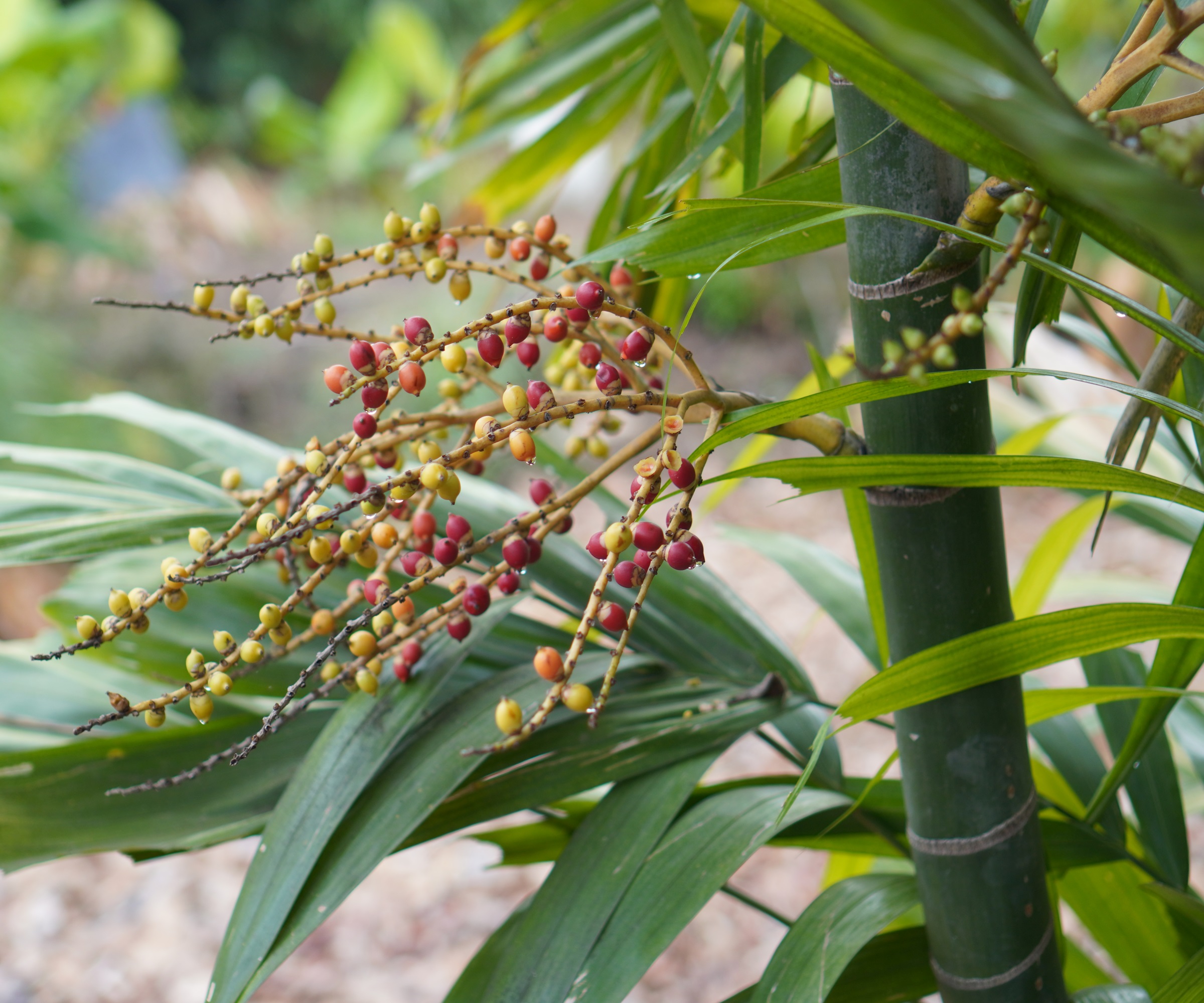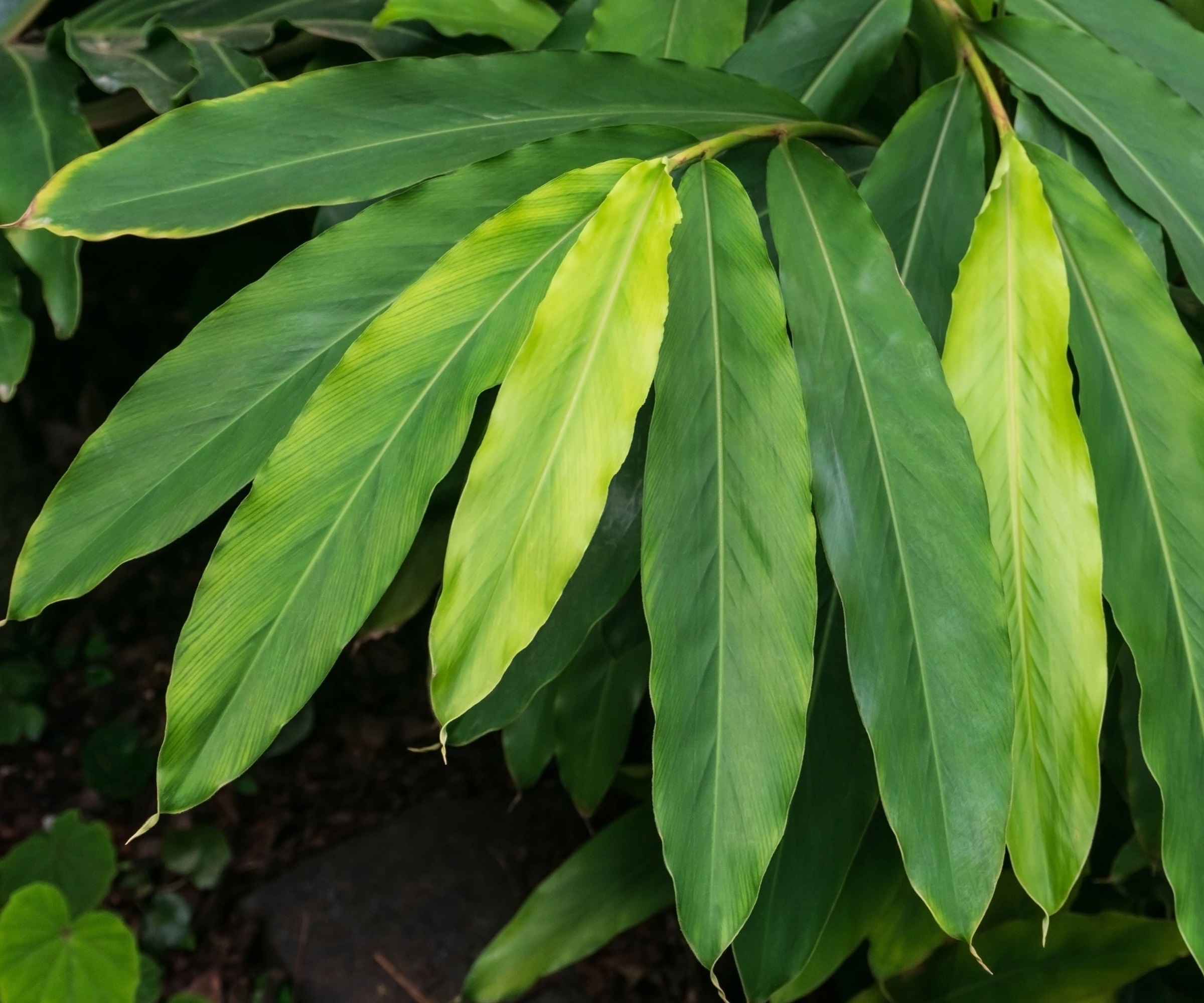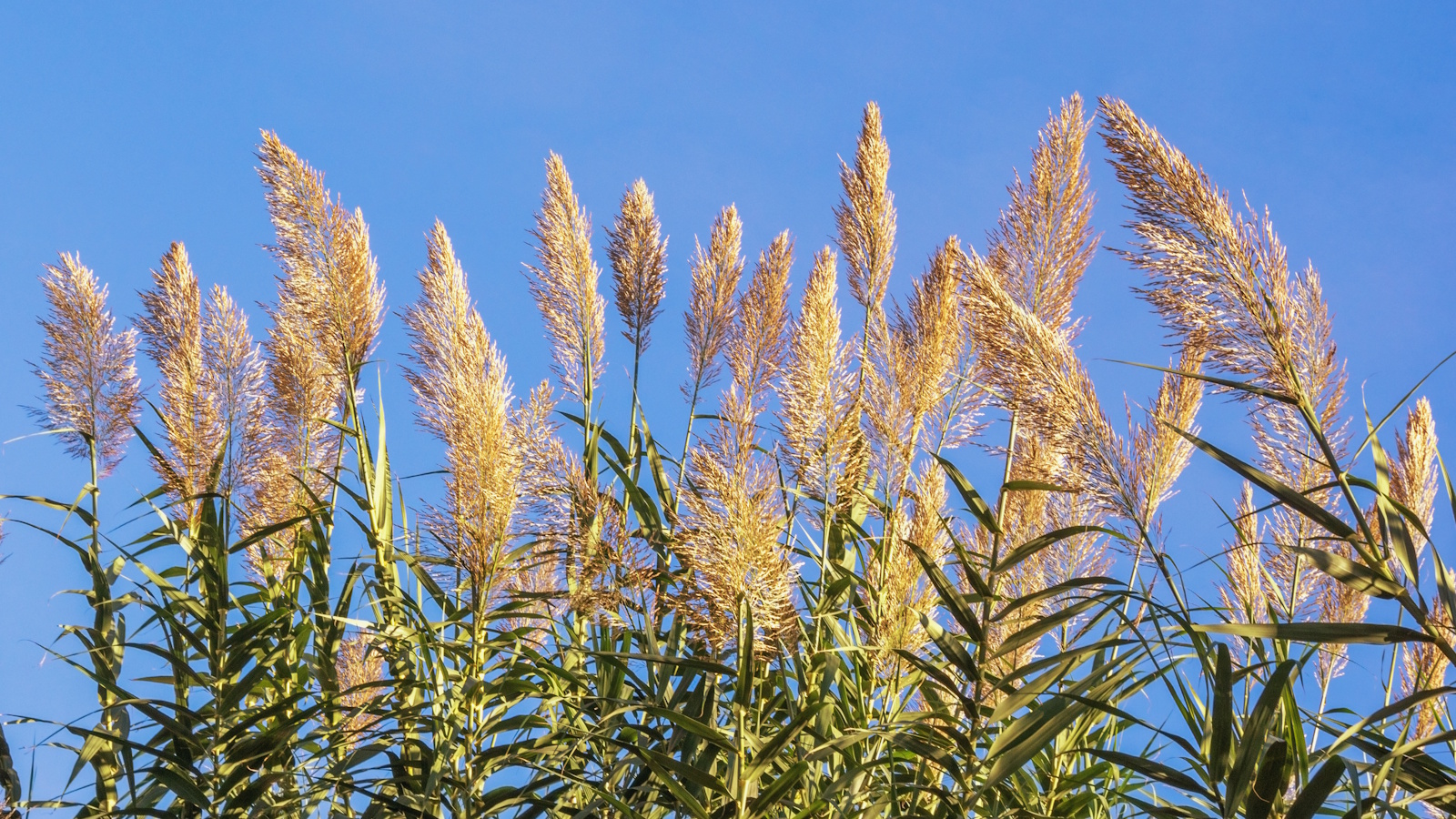How to grow cardamom – horticultural experts share their secrets for cultivating this desirable culinary spice
Discover the ideal conditions for growing green, black and false cardamom


Knowing how to grow cardamom can be hugely satisfying, not only as a green fingered challenge and for the showy orchid-like blooms, but also to harvest and enjoy those flavor-packed seeds and savour them in warming drinks, sweets and savoury dishes.
Hailing from tropical rainforests, these plants can be hugely challenging to grow at home, not solely due to the constant warm temperatures and high humidity needed, but also because of the sheer amount of space they need. Plants have been known to reach 6ft (1.8m) tall. However, if you are lucky enough to live in USDA zones 10-12 you can grow these plants outside.
Thriving in the forest’s understorey, these attractive evergreen plants, with their slightly curved glossy, oval leaves prefer dappled shade rather than direct sunlight. This can also prove difficult to replicate indoors or in a backyard but for many growers meeting these conditions is part of the challenge. We delve into the secrets behind growing these leafy, tropical giants so you can incorporate them into future herb garden ideas.
Which type of cardamom to grow?

There are two key types of cardamom plant; Elettaria cardamomum – often called green or true cardamom and Amomum subulatum, known as black cardamom. Both are closely related to the ginger family, turmeric and galangal and while they spread through a network of fleshy, underground rhizomes they are mainly prized for their papery seedpods containing sticky and pungent black seeds.
A popular spice in Asian and Indian cuisine, each seed type has its own distinct flavor and range of culinary uses. Green cardamom is known for its distinct sweet and slight citrus taste, a staple in chai, while black cardamom has a stronger, smoky – almost aniseed - note.
You can find seeds for True Cardamom Elettaria cardamomum at Crimson Sage Nursery, while those for Black Cardamom Amomum subulatum are available at Seeds and Smiles.
If you’re looking for an easy going and decorative alternative to the demanding true cardamom plant, then experienced grower Maisy Cooper has a suggestion. ‘There is another plant colloquially called 'false cardamom', alpinia nutans, whose leaves are fragrant with the scent of cardamom, are hardy to 20 degrees, incredibly drought tolerant, can cope with strong winds and are resistant to pests.
The leaves can be used for cooking, and they are very easy to grow from the rhizomes. Ok these plants don't get as tall as true cardamom and most people find the seeds distasteful, but if you want a beautifully cardamom scented houseplant that blooms, this is the better choice.’

Maisy's interest in medicinal herbs and organic agriculture was sparked in the 1990s by her desire for clean living and self-sufficiency. She began farming at a homestead in Jamaica, Vermont in 1995 and took the skills learned there and built on them in North Carolina, Arizona, and Colorado. She became neighbors and friends with the legendary Tina Goat who has mentored her nursery on to me.
How to grow cardamom from seed

Growing cardamom is a tricky business unless your local climate happens to be similar to that of its native India and Indonesia, but that’s not to say it’s impossible. 'Cardamom is another underrated choice that offers culinary and ornamental appeal,' says Elle Meager, CEO of Outdoor Happens. 'This member of the ginger family produces aromatic pods filled with tiny, flavorful seeds that are prized in sweet and savory dishes worldwide. Cardamom can be challenging to grow outside of tropical climates, adventurous gardeners can successfully cultivate it in a greenhouse or as an indoor plant.'
Tammy Sons, owner of TN Nursery agrees, ‘Growing cardamom can be an enjoyable venture if you understand the ropes. From seed, I would recommend soaking the seeds overnight to soften the seed coat and help it germinate. After that, plant them in a hot, moist spot — cardamom grows best when it is extremely humid and between 75–85°F. For seed-starting, use a seed-starting mix and cover the seeds lightly with soil. It isn’t quick, so be patient.’
Maisy Cooper shares, ‘A 24 hour soak in warm water will aid germination. I put mine in a lidded thermos to keep the water warm for the duration. Important to use spring water, or other untreated water since most municipal water has a bit of chlorine in it. The plants need a lot of space to mature, they can grow to 10 feet! It may be two years before you get a blossom, if you're very lucky.’

Elle Meager founded Outdoor Happens, a website dedicated to helping homesteaders in the USA and Canada garden, raise animals, produce homegrown food, and become increasingly self-sufficient. Elle is a qualified Permaculture Teacher who has spent the last 25 years involved in horticulture and permaculture.

Tammy Sons is a horticulture plant expert, garden writer, and educator. Tammy is the CEO and founder of TN Nursery, a thriving online plant nursery based in Altamont, Tennessee. She is also a prolific writer, sharing her knowledge through articles on various gardening topics, including plant care, sustainable landscaping, and the latest trends in horticulture.
How to grow cardamom from root cuttings

Just like the ginger plant, cardamom produces thick, fleshy roots or ‘rhizomes’ below the soil, anchoring it into the ground and supplying the plant with all water and nutrients. As the plant enters its dormant phase - late winter through to spring - it’s the perfect time to propagate more plants for free by taking rhizome cuttings.
Gently dig around the plant roots with a garden fork, loosening the soil, before lifting it out of the ground. Use a sharp, clean cutting knife; Felco Horticultural Pocket Knife from Amazon.com will do the job with ease. Cut away a long section of rhizome and immediately replant the parent plant.
Brush away any loose soil from the cut rhizome and carefully slice into sections, retaining at least one bud and as many fine white roots as possible, per piece. Tammy explains, ‘Keep each one of the cuttings with at least one healthy bud, place in well-draining soil and water it well,’ Tammy continues.
‘Typical problems include overwatering, root rot, and lack of moisture. A bit of shade is just like their natural environment, and it encourages them to thrive. It is all about keeping the moisture under control and avoiding drafts. The effort can be tough, but the payoffs are amazing.’
Tempted to boost your yard and diet with more homegrown flavors? Then try growing these plants with the best edible seeds, cinnamon and healthy boosting turmeric.
Sign up to the Homes & Gardens newsletter
Design expertise in your inbox – from inspiring decorating ideas and beautiful celebrity homes to practical gardening advice and shopping round-ups.

Journalist Jill Morgan has spent over 20 years writing and editing gardening, interior and property features. Titles she has worked on include The English Home, House Beautiful, Ideal Home, Houzz and Modern Gardens and she writes regularly for H&G as a Contributing Editor. Whilst she is a dab hand at renovation projects and DIY, she is happiest when out digging in the garden or planning a new border.
You must confirm your public display name before commenting
Please logout and then login again, you will then be prompted to enter your display name.
-
 5 plants that are illegal to grow in California – how to control these invasive species in your yard, plus the native alternatives to use instead
5 plants that are illegal to grow in California – how to control these invasive species in your yard, plus the native alternatives to use insteadThese troublesome, invasive species will outcompete native plants and you could face a fine for growing them
By Thomas Rutter
-
 An architectural birdhouse is the most charming backyard trend I've ever seen – and there are lots on sale for Way Day
An architectural birdhouse is the most charming backyard trend I've ever seen – and there are lots on sale for Way DayWill you treat your garden birds to a Victorian manor, or perhaps a Cape Cod cottage?
By Tenielle Jordison